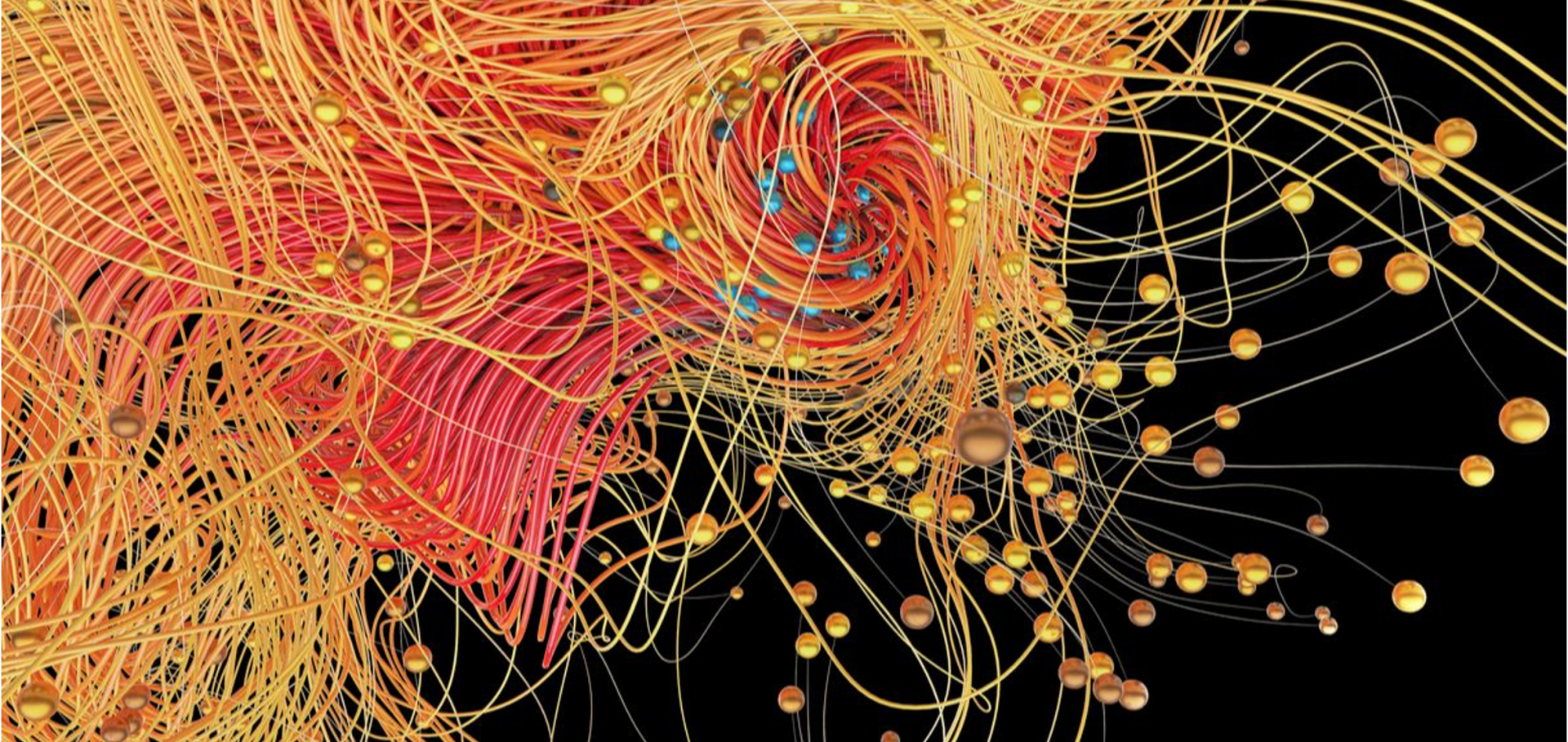Charge, orbital and magnetic ordering in La0.333Ca0.667MnO3
EUROPEAN POWDER DIFFRACTION, PTS 1 AND 2 321-3 (2000) 818-822
Powder Diffraction Refinements of the Structure of Magnetite (Fe3O4) Below the Verwey Transition
MRS Advances Springer Nature 658 (2000) gg2.6
Structure and superconductivity of YSr2Cu3O7-d
PHYSICA C 341 (2000) 605-606
ChemInform Abstract: Phase Segregation in Manganese Perovskites
ChemInform Wiley 30:41 (1999) no-no



